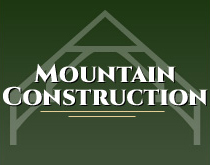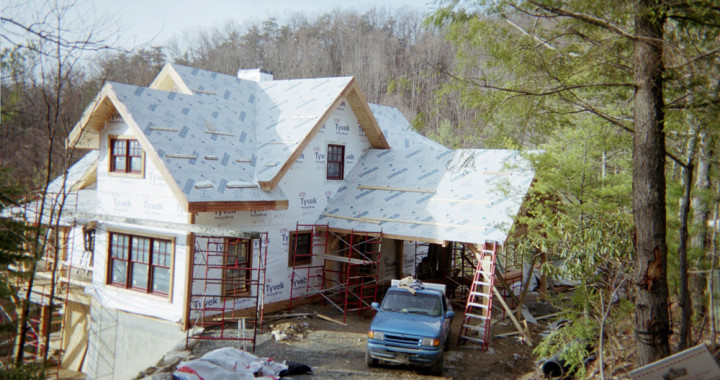By John D. Wagner
Reprinted from Residential design + build magazine, July/August 2011
Passing a residential construction job recently, I noticed the contractor was putting up siding before the housewrap was fully installed. As I watched, I realized he had no intention of installing the housewrap properly. He simply stapled it up, overlapped the seams 6 in., and started siding which is wrong. I said out loud to no one: "No seam tape, no window flashing; the housewrap has been X cut and peeled back around rough openings. The application is substantially useless. When the mold hits, any warranty will likely be void."
Even worse, I see this all the time.
Housewrap is designed to work as a system so it performs well in four key areas: moisture resistance, controlling bulk water; moisture vapor transmission; surfactant resistance; and strength, tear resistance.
As the name implies, housewrap resists weather, but the weather doesn't know to avoid seams or rough openings. Weather assaults the entire wall, and the housewrap must be installed to spec so it can balance resistance to air infiltration and water with an ability to allow diffused water vapor to escape from the inside of the structure.
The average house produces 3 to 6 gal. Of water vapor every day, or 2,190 gal. per year. The moisture is often water vapor, diffused or driven through the walls by temperature differentials between the conditioned space and outside air. But there's water coming from the outside, too. Moisture in the form of humidity and liquid water, such as rain/precipitation, inevitably gets behind the siding, often driven there by wind.
If your housewrap is not properly installed and it admits--and potentially traps--moisture in any form inside the wall, the water creates ideal conditions for rot and mold. By not sealing the seams or flashing rough openings, water from outside, will get into your wall. Don't expect the sheathing underneath the housewrap to magically stop moisture. The sheathing might have some effect, but according to the Air Barrier Association of America, a typical 2,500 sq.ft. home has more than 1.5 miles of cracks and crevices, and water will find its way into those openings as well.
The best housewrap balances its ability to hold water out and allow the escape of water vapor from within the structure. If housewrap has low water holdout characteristics, it will likely admit too much water. On the other hand, if the housewrap does not allow enough water vapor to leave from inside the wall, trapped vapor may condense within the wall, potentially leading to rot and mold. When evaluating your housewrap in the key performance categories mentioned above, keep these things in mind:
Moisture resistance and moisture vapor transmission. Most building science research widely cites the fact that a well-balanced housewrap should have a perm rating of between 10 and 20. At this perm level, the housewrap can optimally perform three functions: water resistance, air resistance and vapor permeability.
Surfactant resistance. A surfactant is a compound that lowers a liquid's surface tension and degrades the water holding capabilities. Housewrap should have superior resistance to them. Surfactants are common in wood tannins, cedar oils and some stuccos in the form of soap.
Added benefits. Look for a manufacturer's statement on resistance. Given extended exposure of housewrap to the sun during construction, it's important to have high resistance. Also, look for how the housewrap contributes to green properties of a structure. The Department of Energy and Energy Star show that housewrap, when properly installed, flashed and sealed as a system, can lower energy bills between 25 and 40 percent---all the more reason to take the manufacturer's installation recommendations seriously.
.png) John D. Wagner is an award-winning author of many books and articles about construction, and a frequent contributor to the industry's leading trade magazines. A sought-after speaker for industry events, he can be contacted at JohnDWagner.com. Read past columns at rdbmagazine.com.
John D. Wagner is an award-winning author of many books and articles about construction, and a frequent contributor to the industry's leading trade magazines. A sought-after speaker for industry events, he can be contacted at JohnDWagner.com. Read past columns at rdbmagazine.com.
Mountain Construction is a full service custom builder offering Log, Timber Frame, Structural Insulated Panels nationally as well as local New Construction of any type and Remodeling and Restoration services. We are NAHB Certified Green Professionals.
To Get Started Now
Please contact our office to see our work. You can reach us by phone at 828-963-8090, email us, or use our online information request form to let us know how we can serve you!


